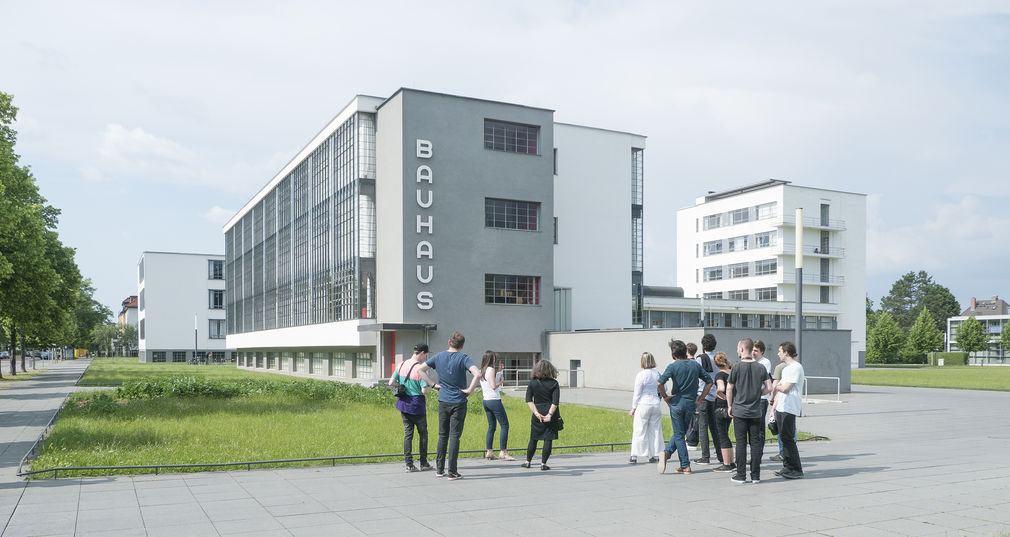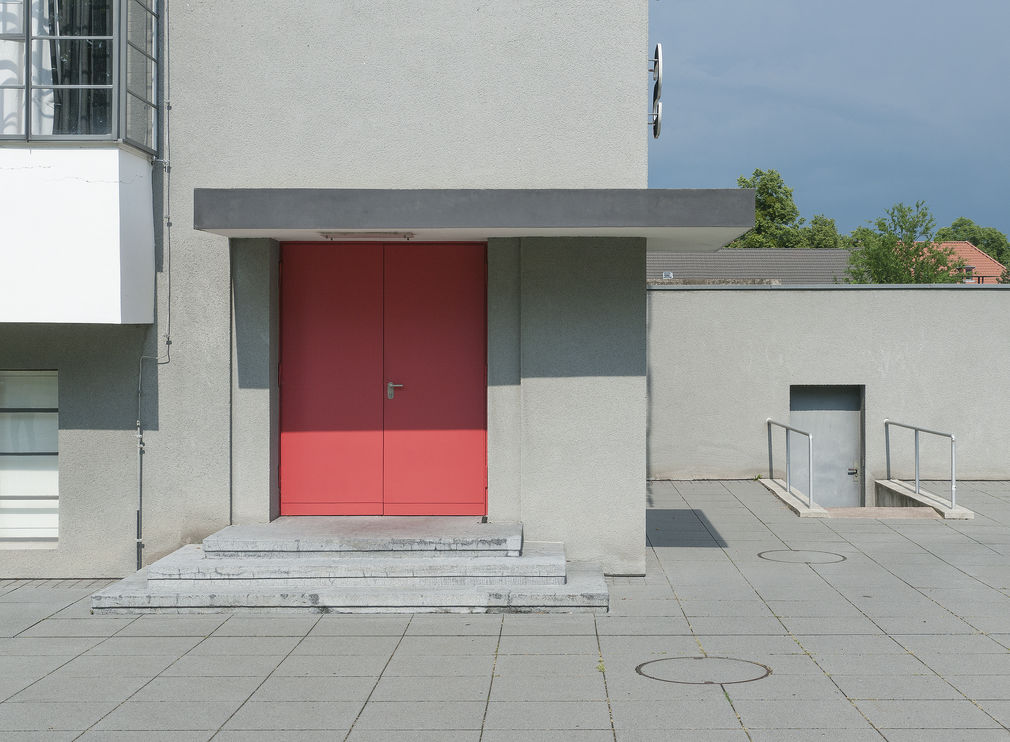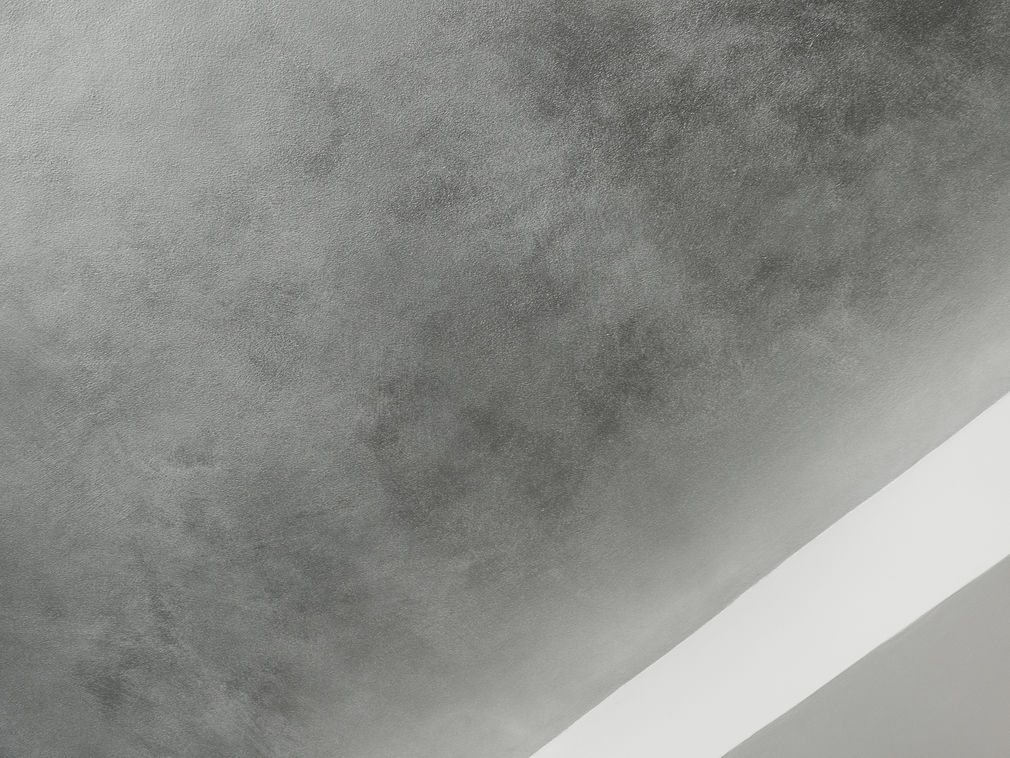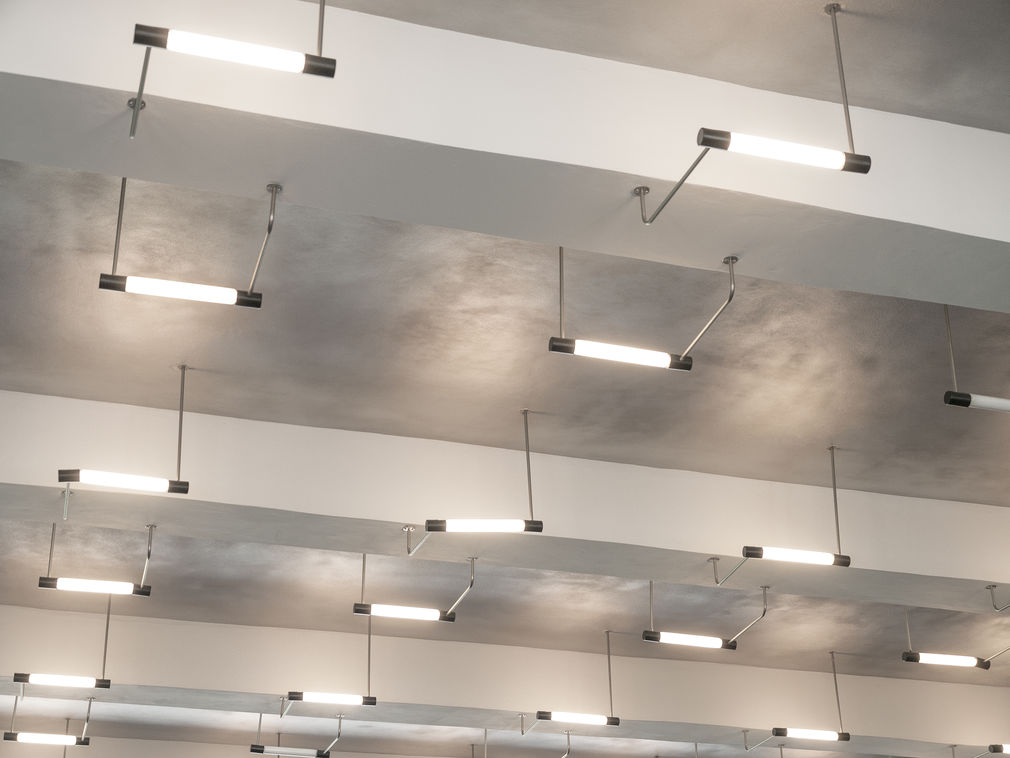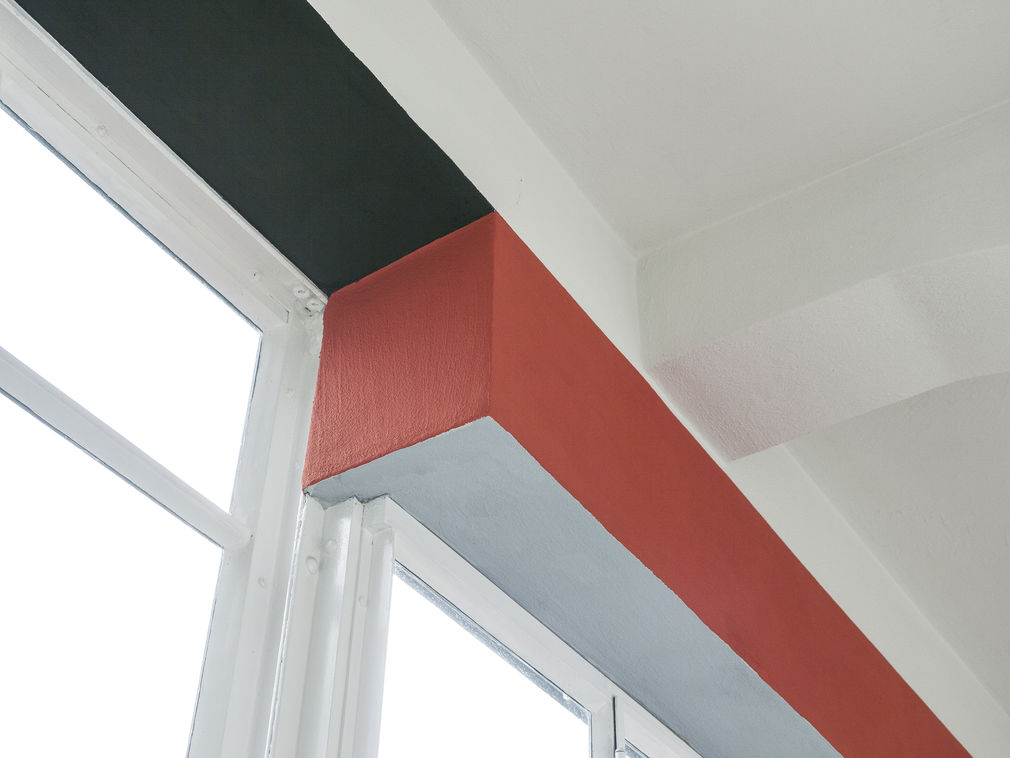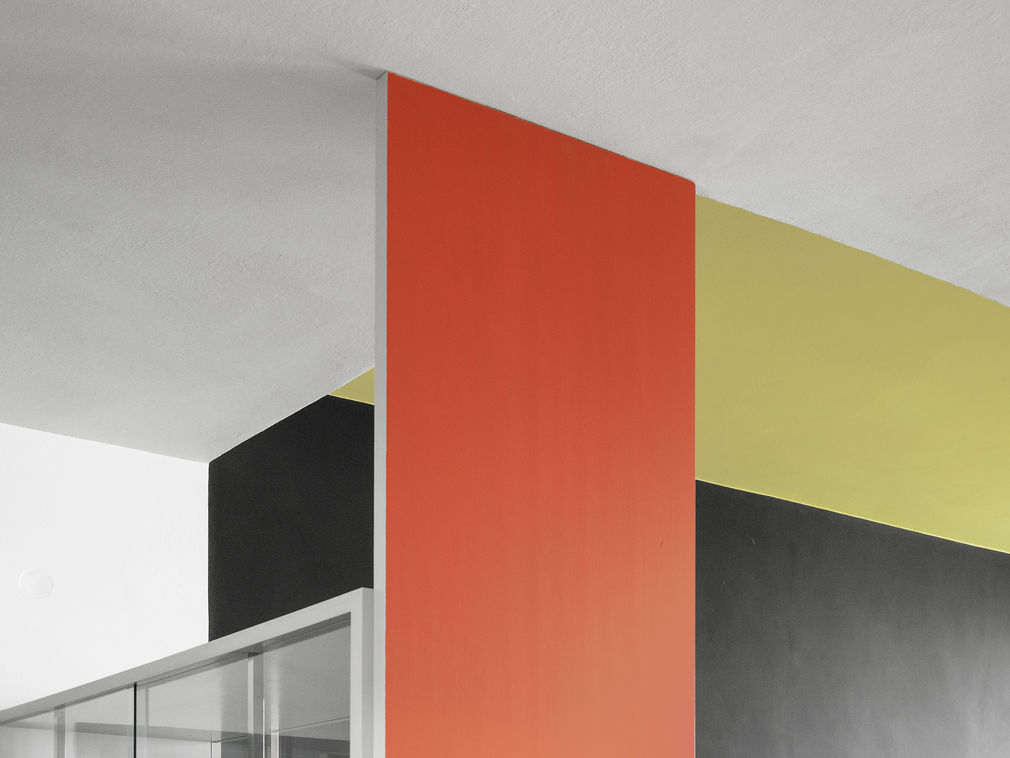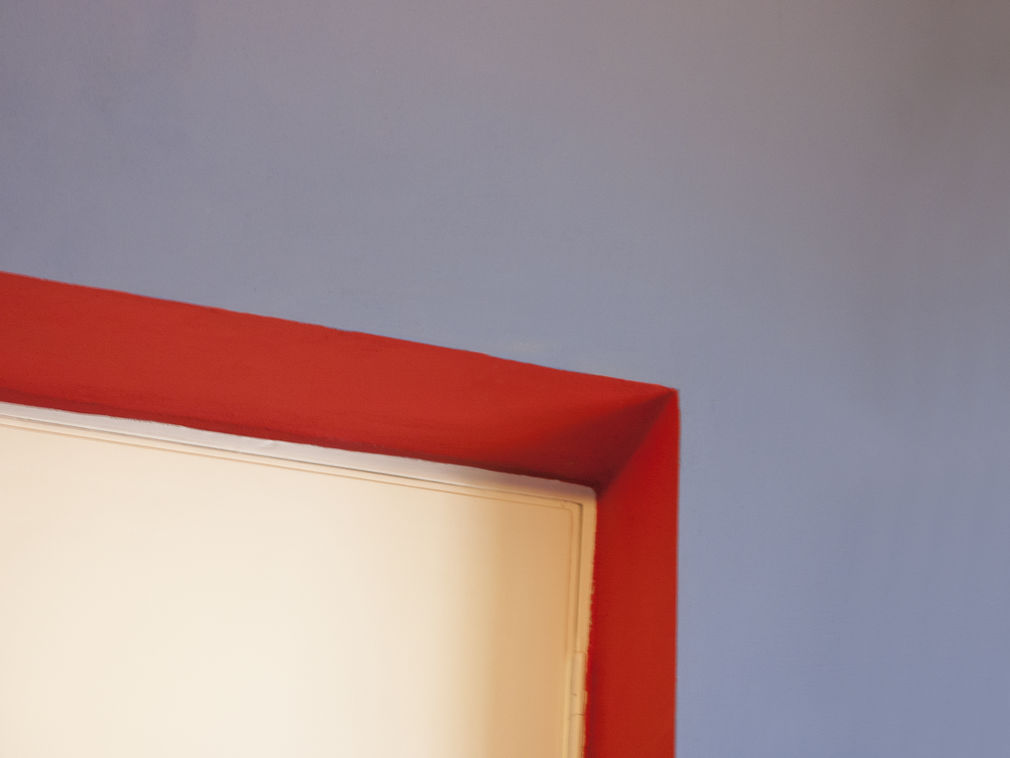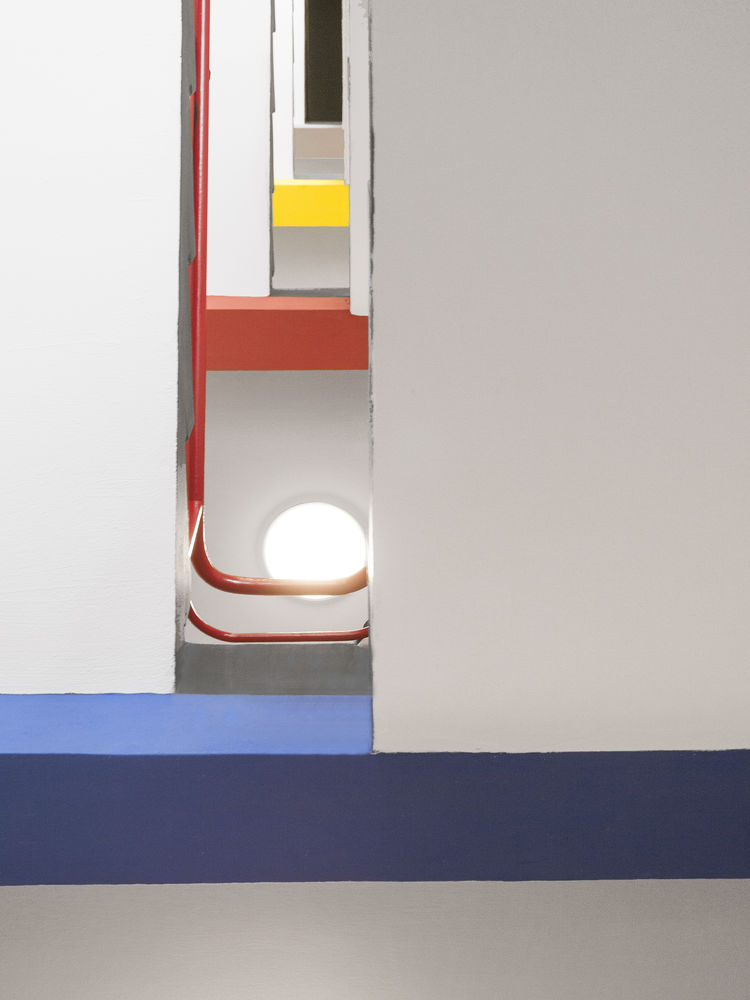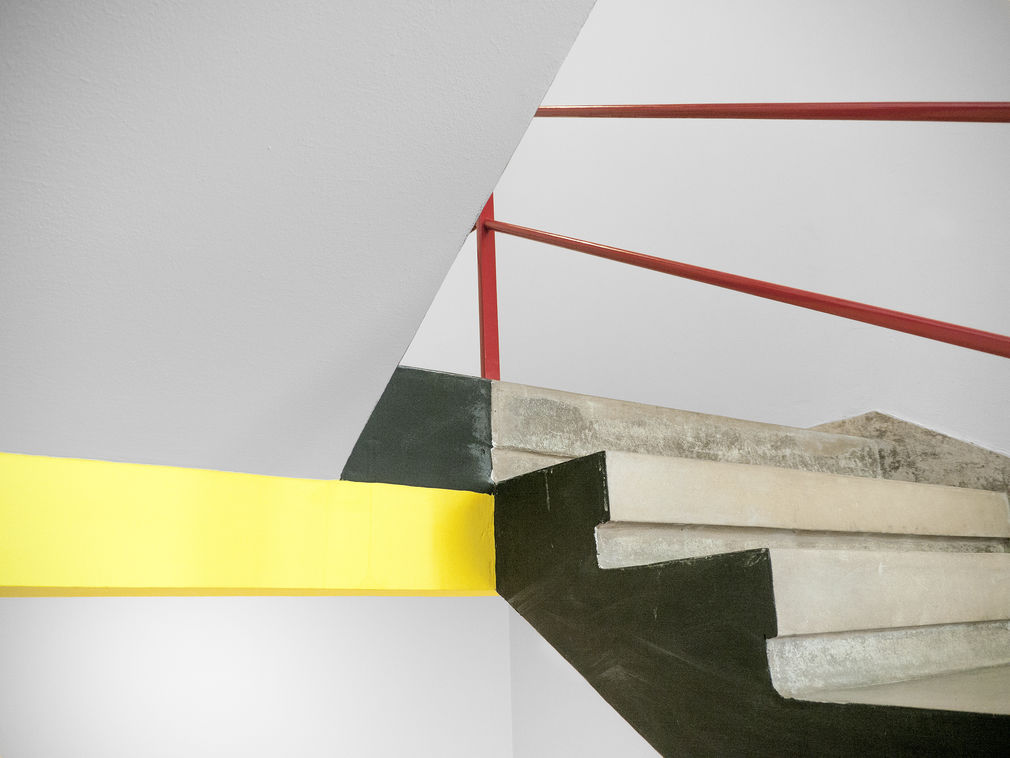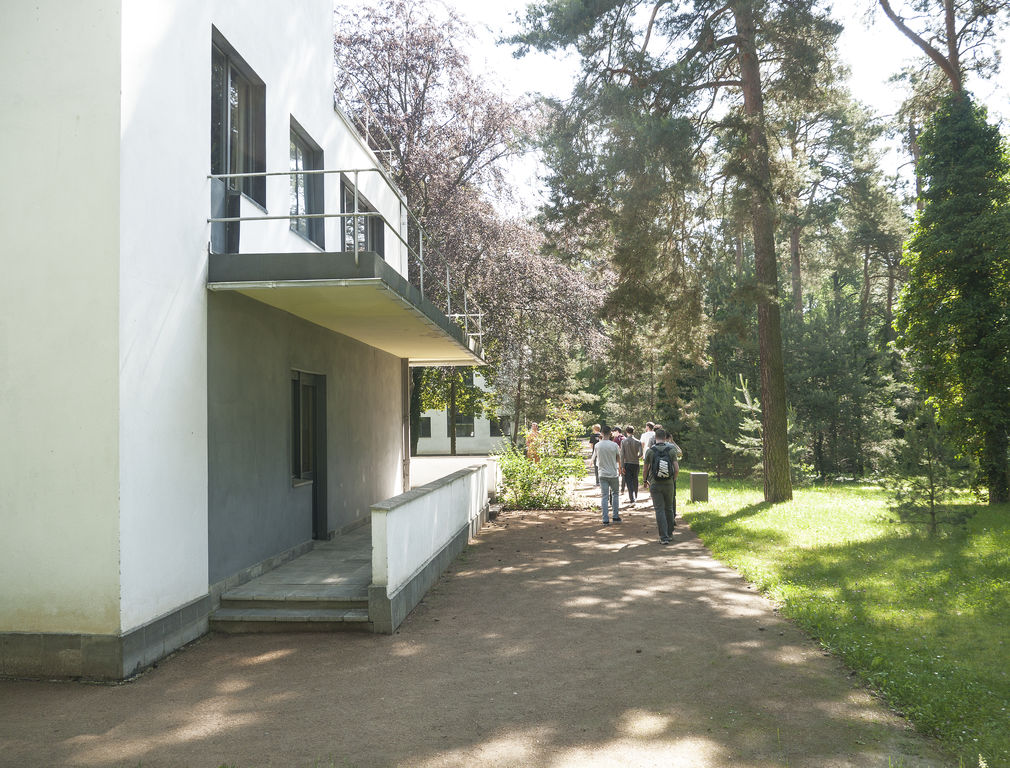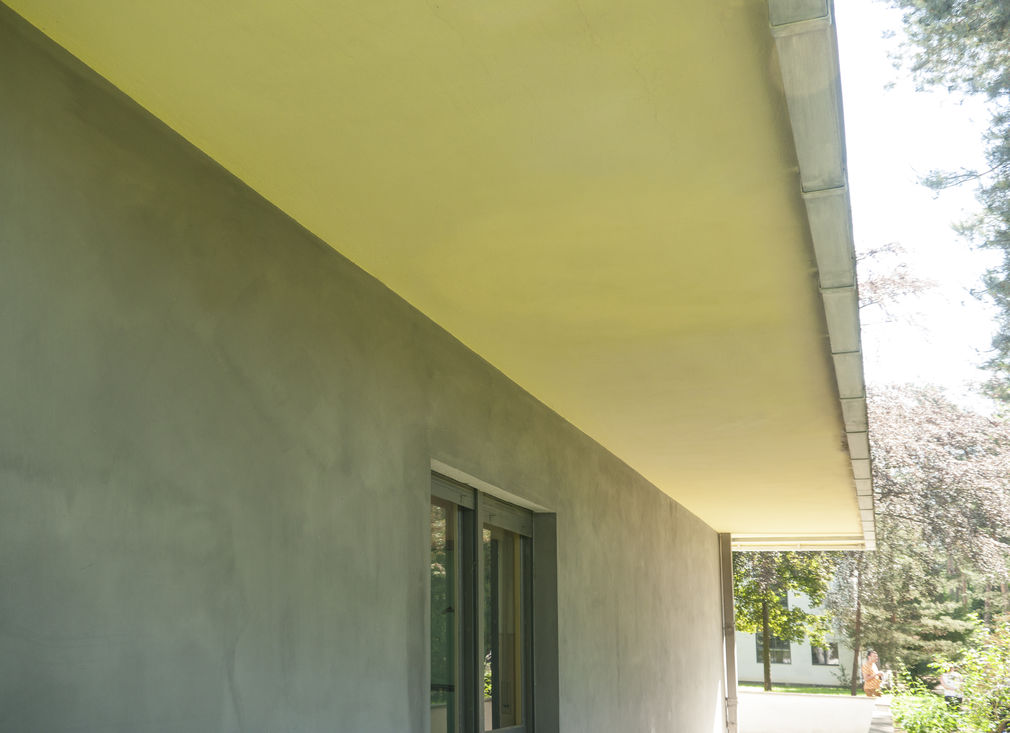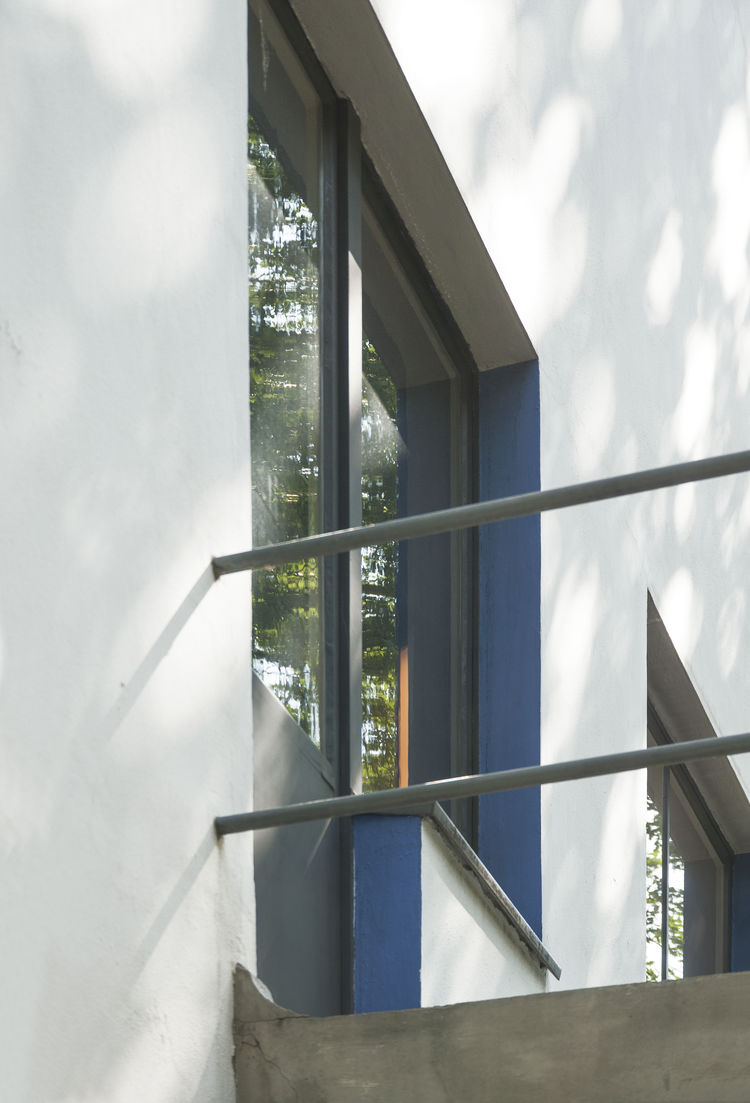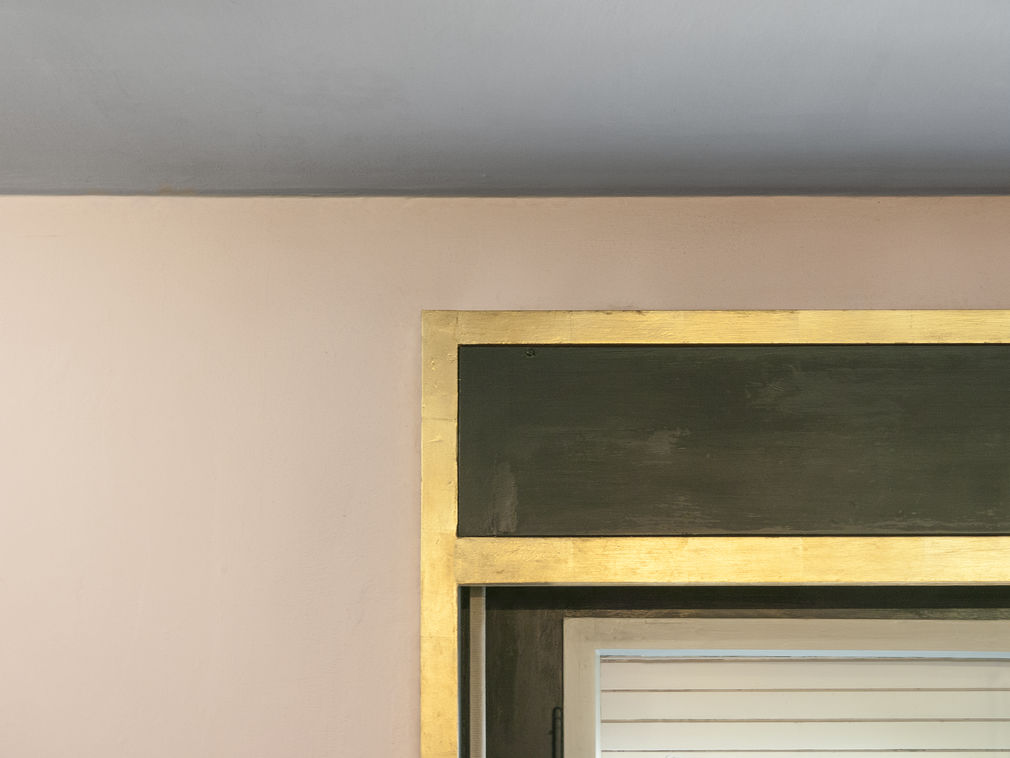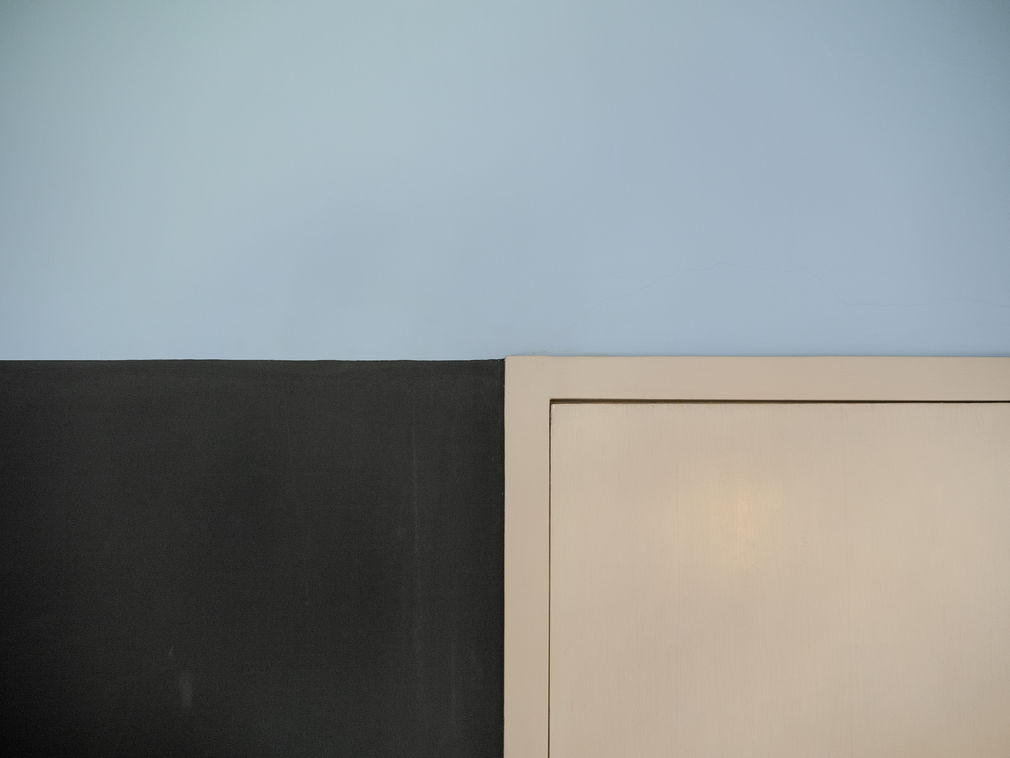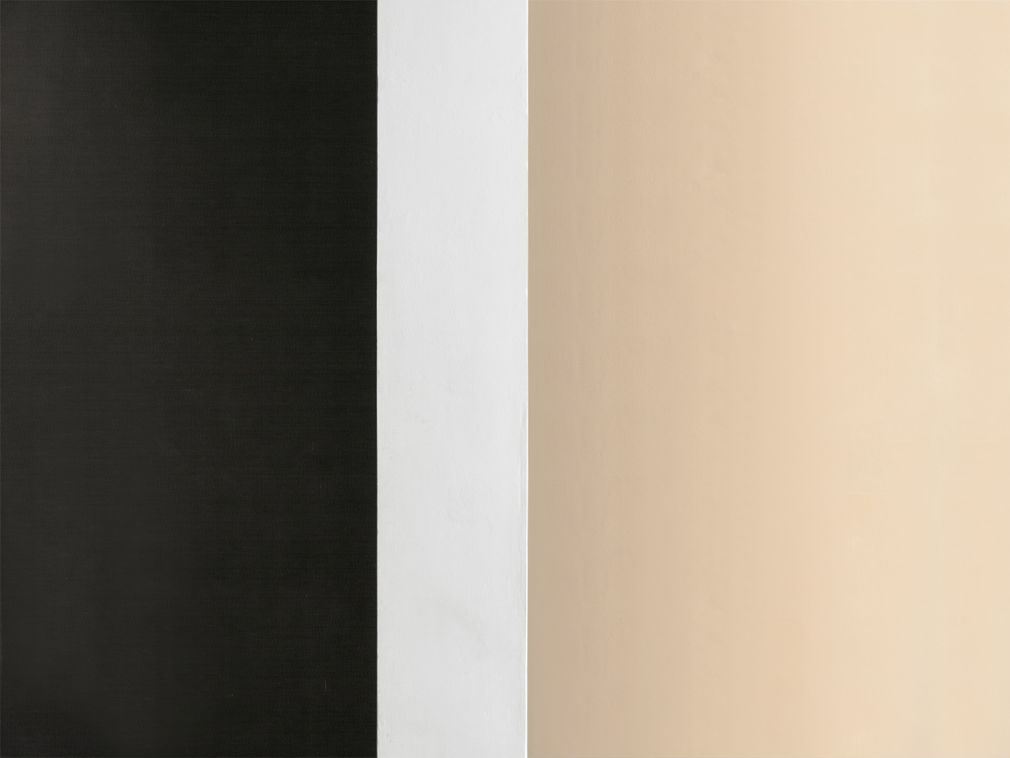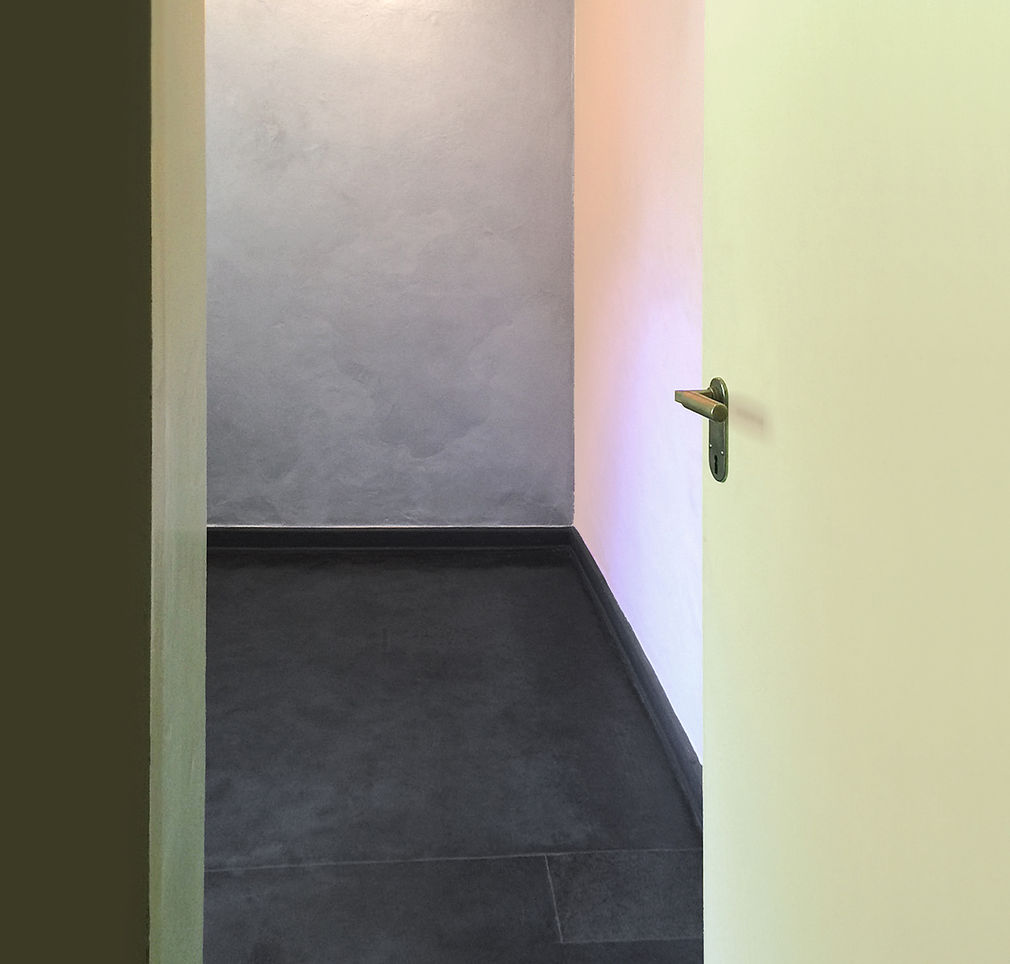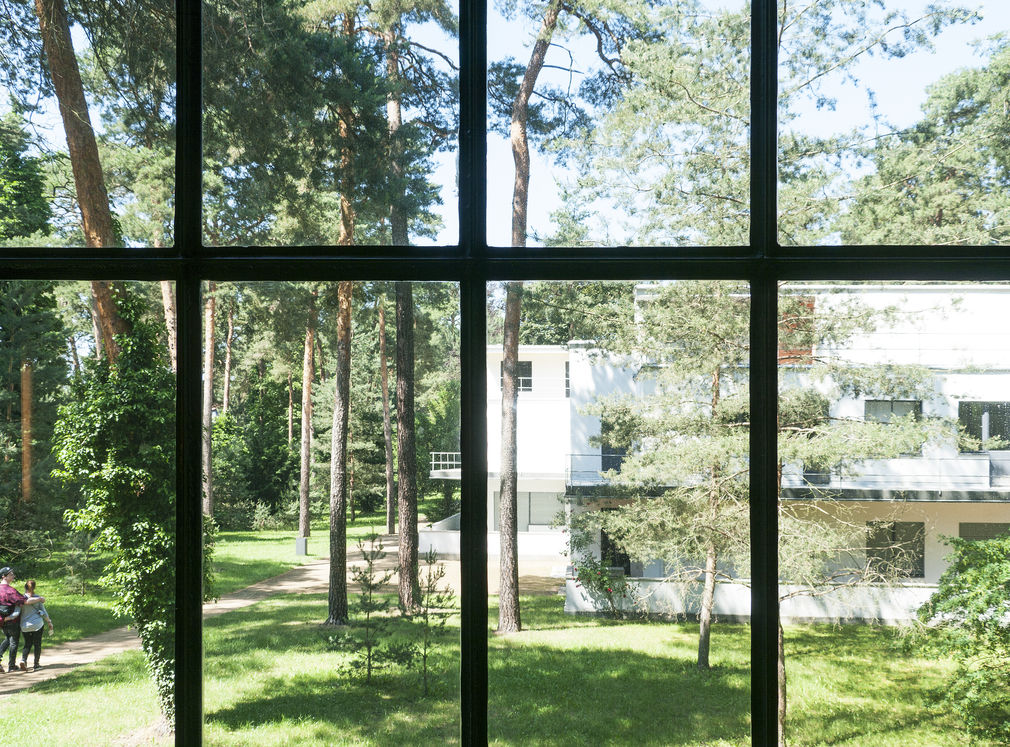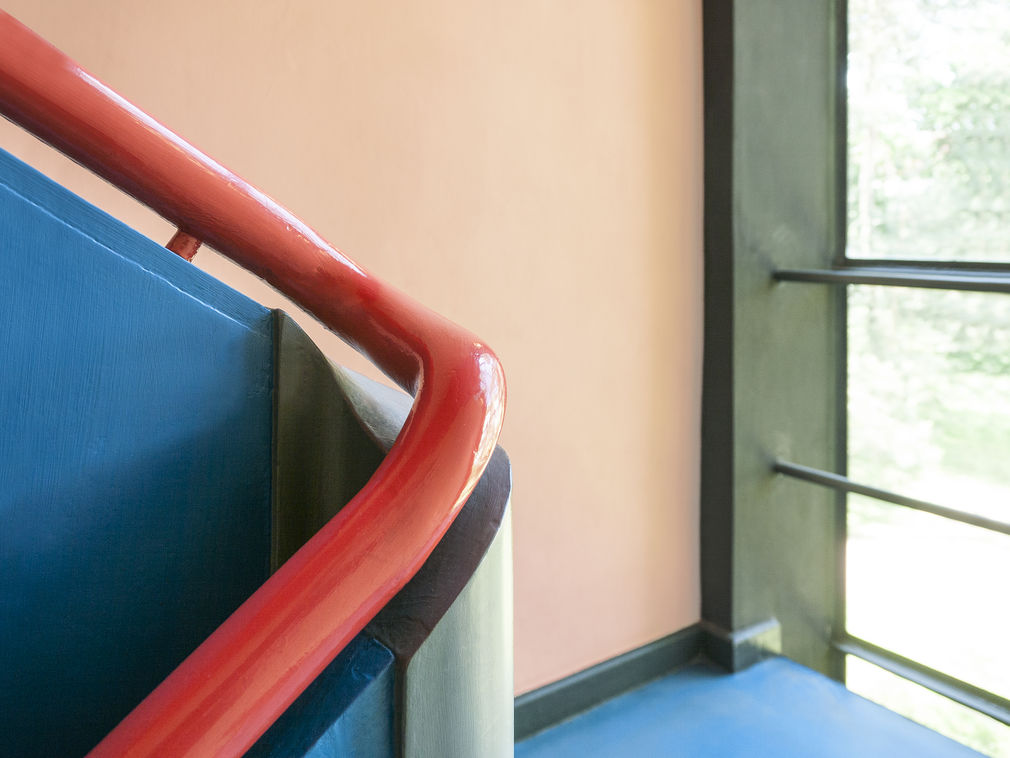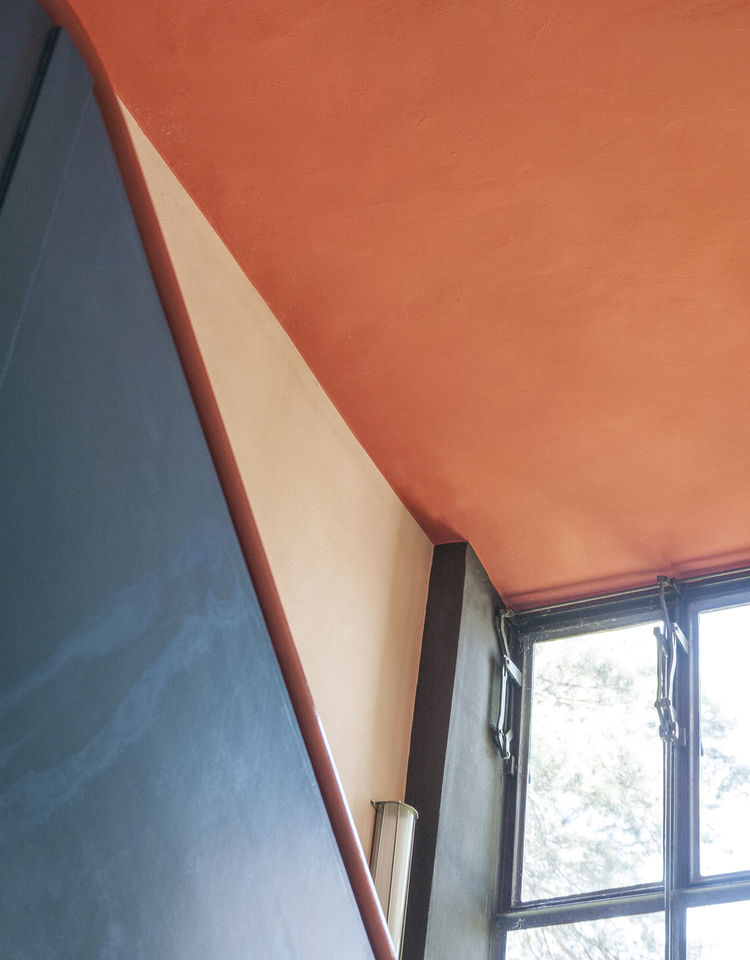Color Design
Color: Theory and experimental practice
What is paint? Is it a property of the material or a facet of light? What importance should be attached to the interpretation of colours as the result of an active and individual process of perception?
The teaching modules in the basic and main study period sensitize students to the complex confrontation with the phenomenon of colour and show that colour perception is always integrated into spatial and socio-cultural contexts. Colour design requires interdisciplinary knowledge - historical, scientific, creative-technical, formal-aesthetic - and uses this foundation to investigate the symbolic connections of colour effects.
Building on the scientific fundamentals, practical exercises and experimental discussions develop skills in the perception and assessment of colour. The review of relevant materials on colour systems and colour collections provides a well-founded overview of practical applications in product and room design.
In the course of progressive digitalisation, a paradigm shift in colour design is also emerging that has not yet been addressed: the shift in the importance of knowledge about the origin and handling of body colours versus light colours. The aim of the teaching modules "Color I" and "Color II" is a qualified examination of analog and digital color design.
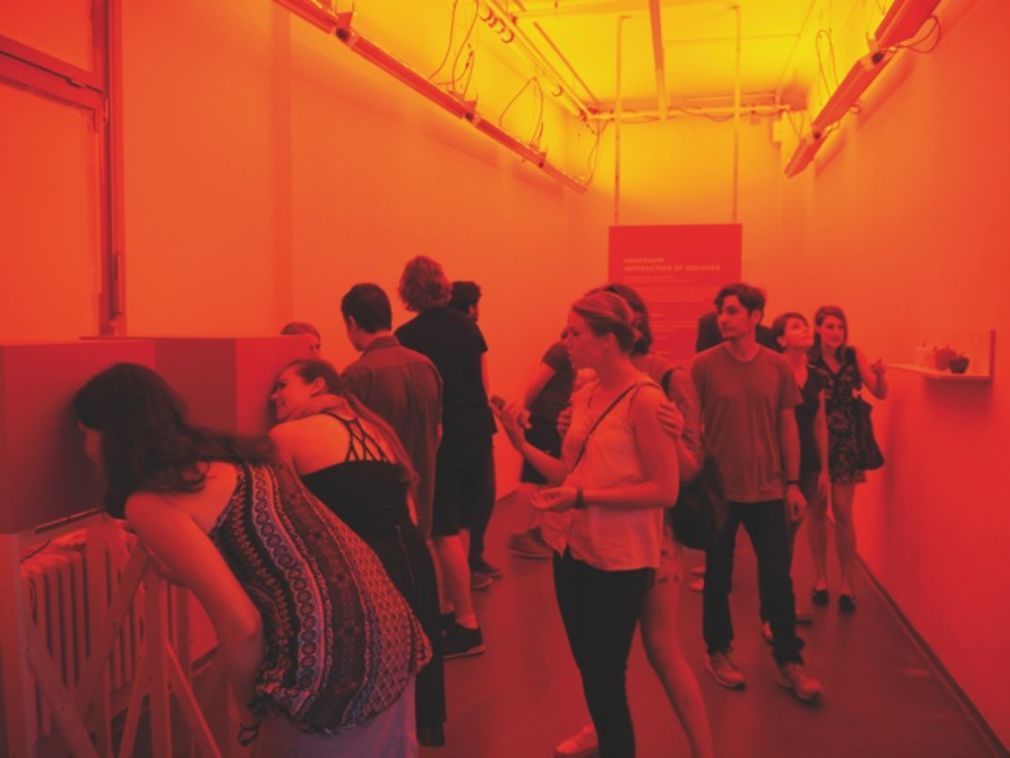
Interaction of Colours
Leise Integrated Design
Im Rahmen des Farbseminars im Fachbereich Design fand am 5./6. Juni 2016 eine Exkursion nach Dessau statt. Prof. Petra Kellner und Dipl.-Des. Knut Völzke besuchten mit den Student_innen das Bauhausgebäude und die Meisterhäuser sowie weitere von Bauhäuslern gestaltete Gebäude der Moderne, wie die Siedlung Törten. Der Fokus der Exkursion lag dabei auf dem besonderen kompositorischen Umgang des Bauhauses mit Farbe im Raum.
